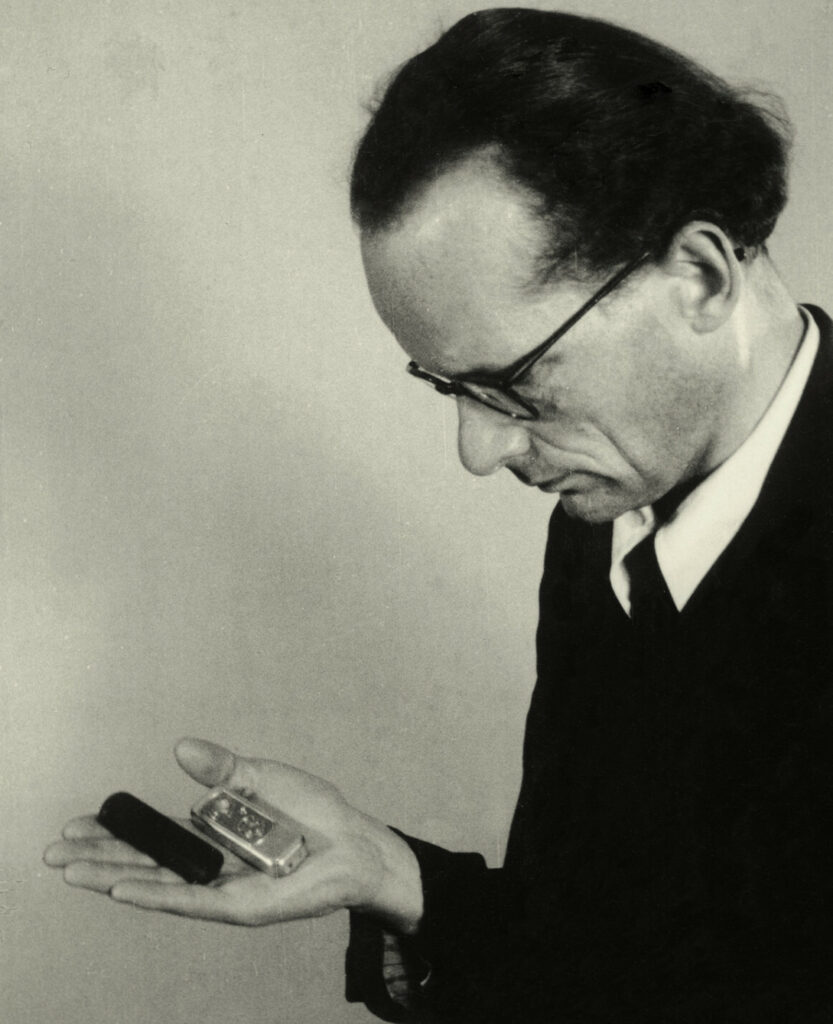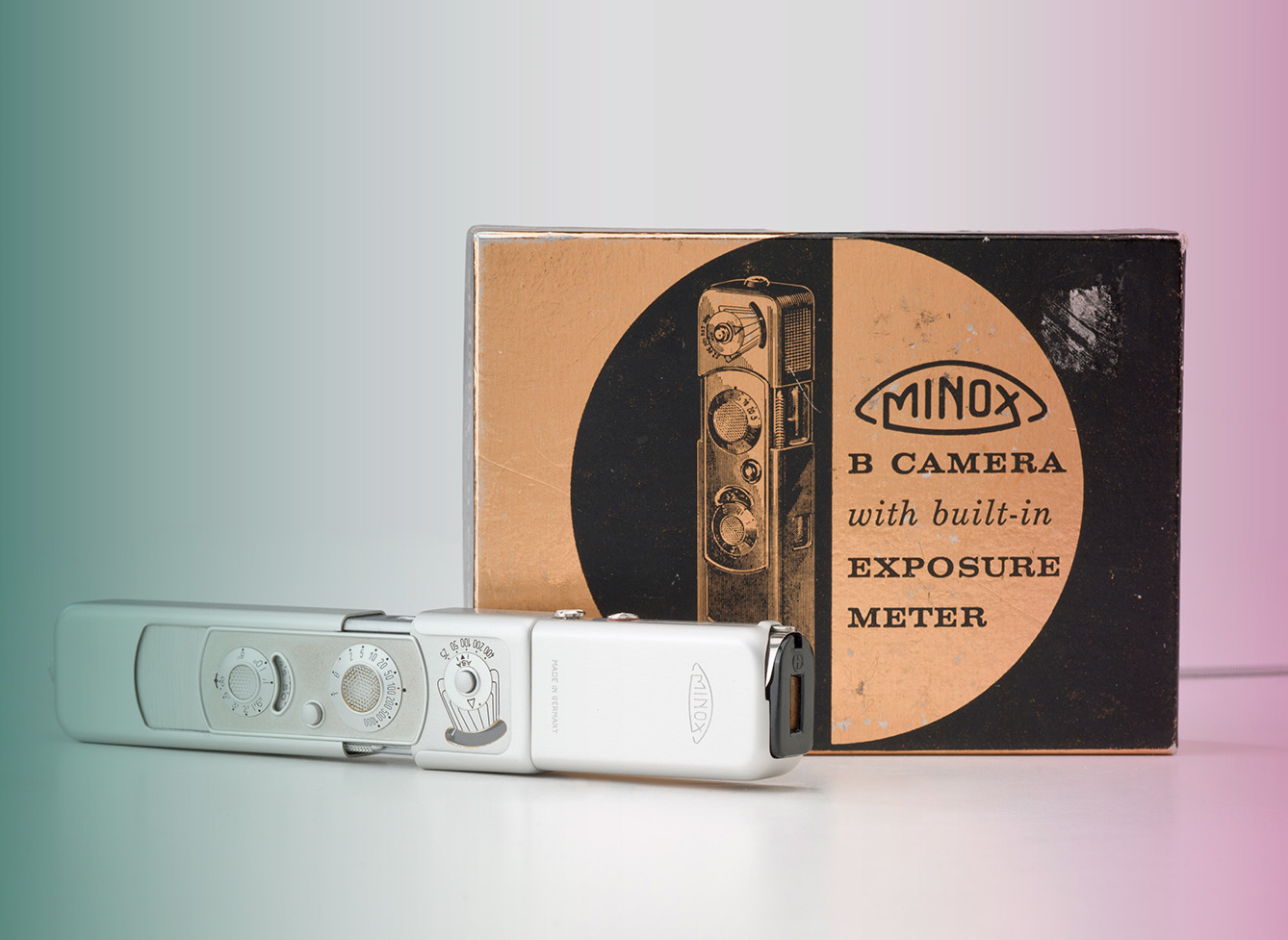Perhaps the Latvian-Estonian-German photographer and industrialist would be thrilled to see the 21st-century custom of constantly carrying around a device that allows us to document the world around us. It could also be that he would be a bit envious that his invention – the subminiature camera – has now been relegated to a curiosity or movie prop, replaced by multifunctional electronic devices that we call our phones. We’d bet on the former as the Latvian-produced Minox subminiature camera remains the go-to tool for depicting 20th-century spies and has become a valuable collectible item for photography enthusiasts the world over.

Minox: a Latvian invention
To some extent, this invention has served its primary goal – to popularize everyday photography by having a small, handy camera always at the ready. Born in 1905 in Riga, Latvia (then a western city of the Russian Empire,) Walter Zapp moved to Tallinn, Estonian (then Reval). Together with two of his friends, the then-teenagers came up with the concept for a subminiature camera. A camera that could easily be carried anywhere to capture memories in the making.
Estonian companies were not interested in introducing such a device, but thru business contacts, Zapp managed to grab the attention of VEF representatives. Valsts Elektrotehniskā Fabrika from Riga (which had become independent Latvia by then) produced the first camera in 1937.
The 8×11 mm frame was revolutionary. To put it in context, the 1930s were still a time when large-format cameras, which required individual sheets of film the size of regular paper, reigned. Back then, 120 mm film was considered travel-size, with its frames as large as 60X90 mm. And small-format photography, using perforated 35 mm film adapted from cinematography, was just gaining traction. Perhaps the world at large was not yet ready for even smaller cameras.
Minox: a spy camera
There was one glaring exception to this rule: spies. The Minox was perfect for under-cover jobs. It weighed a (comparatively) feather-light 130 g and was just 8 cm long, allowing for good close-up photography and easy handling of the film cartridge. America, Great Britain, and Germany all took a sudden interest in the tiny analog camera.
Some data remain confidential, but we can be sure of at least one purchase: a batch of 25 Minox cameras bought by the US Office of Strategic Services in 1942, even before the CIA was established. In one famous case, Soviet spy John A. Walker Jr. was proven to have used the Minox C to photocopy documents and cryptography keys from the US Navy. It is well-known that the Latvian cameras, produced in Germany post-war, were in use on both sides of the World War II trenches as well as behind the Iron Curtain well into the 1980s.
Despite this fame, or maybe due to its secrecy, Minox didn’t succeed in producing popular cameras, and spy cameras remain the company’s main claim to fame. Ads using the keyword “spy camera” were prevalent in the 1980s, a feature highlighted in a 2008 exhibition at the Latvian Museum of Photography called “The world with Minox. Riga.”
Due to the obvious confidentiality of spy actions, we may never learn how much of our world was changed due to the tiniest spy camera ever made.







